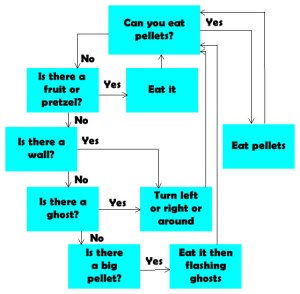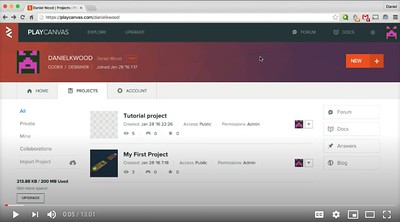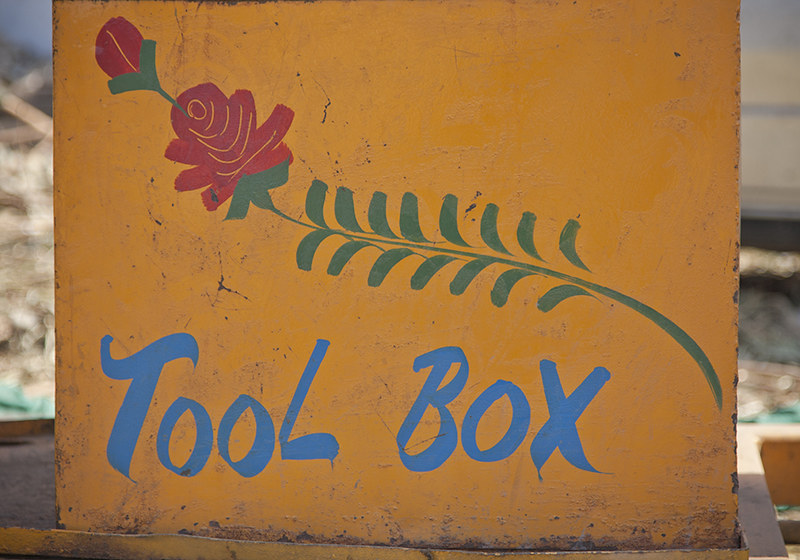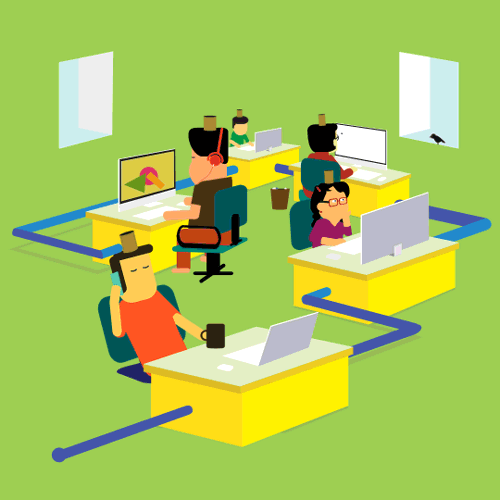
“Binary code” by Christiaan Colen is licensed under CC BY-SA 2.0
When asked the most important thing I should teach my students, the MIT student I was interviewing simply stated , ‘ teach them logic.’ – Mr. Le Duc
SUMMARY
- During this week we cover basic code, writing stories, and flowcharts
PlayCanvas

- https://www.sololearn.com/Course/JavaScript/
- Today I learned about basic functions of JavaScript, like how to write a sentence and how var works
CLASSROOM (THEORY & ANALYSIS)

- When making a flow chart remember these things
- Prioritize key game play over small details
- but never forget the details
- when you make one follow a shape guide for more flow
Mr. Le Duc’s Flowchart Shape Guide

More Flowchart Creation Resources
LAB (THEORY PRACTICED)
- When making a Flow chart I make a situation in a game there is a door it will not open. You have many tools at your use but must use them correctly, you turn the handle and push, you can feel the handle move but the door is barred, you kick the door and it opens.
- Another door the door is locked, you push on it and you can feel it move but get stopped my a lock. You pick the lock trough trial and error until you unlock the door.
OUTSIDE (CREATIVITY & THE BRAIN)

- Creativity is a special thing, today I took a walk on the beach (I’m in Maui right now) and looked at the horizon, it looked never ending but I knew that wasn’t true but what my eyes could see was telling me another thing. When I make a game I will remember that, not all things seen are true and can have another meaning behind them.
STUDIO (GAME DESIGN)
PlayCanvas


WHAT I LEARNED and PROBLEMS I SOLVED
- Today I worked on basic code and solving problems, I also took a look at the playground mode on solo learn and I enjoyed myself with JS! It was quite fun I spent 6 hours on my flight working on a fun game.
WEEKLY ACTIVITY EVALUATION
- This week I worked with other types of code, I also worked on making creativity with other blogs and Youtube videos. This week was rather hard for me with my traveling but next week I will come back.

